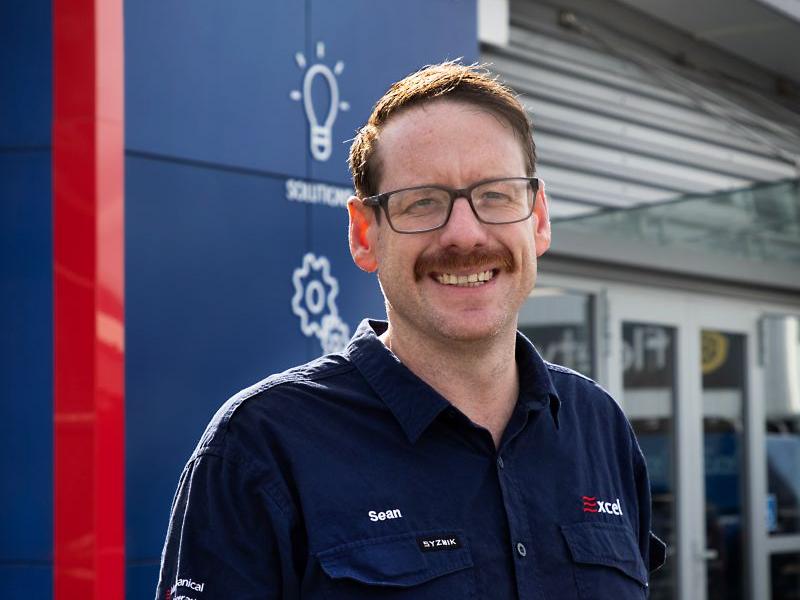The Government’s move last month in regards to making adjustments to our immigration system in response to high numbers causing housing and infrastructure pressures is right, says the New Zealand Manufacturers and Exporters Association (NZMEA).
However, the focus on skilled migrants may add pressure on manufacturers and exporters who are already finding it hard to get skilled staff they need to grow says the body’s chief executive, Dieter Adam.
“Government has finally acknowledged that the mismatch between net inward migration and infrastructure development – housing first and foremost – particularly in Auckland.
Unfortunately, the changes introduced constitute a significant lift in barriers for skilled migrants, while leaving other migrant categories largely unchanged.
“New Zealand businesses, right across all sectors, are increasingly held back from growing by a lack of highly skilled workers. The reasons behind this are complex, including a tertiary education policy that is not meeting our skills needs, and immigration alone cannot be the whole answer, now or in the long term.
“In the short term, however, allowing employers to find highly skilled staff abroad that are simply not available domestically, is important for the future economic development of New Zealand. Highly skilled workers means people capable of operating complex, computer controlled machinery in the manufacturing sector, for example. The government claims that the changes it introduced “will prioritise access for higher-skilled SMC migrants …”. Given the Government’s sketchy track record to date in managing the skilled migrant scheme to match what the economy most urgently needs, it remains to be seen whether that will actually be the case.
“We believe our immigration system is leaky at a different point, people coming in on a student visa and then being allowed to seek employment when they have completed their studies, which can be after as little as one year.
“New Zealand approved visas for around 85,000 overseas students in 2015, and it would be interesting to see how many of these are able to gain employment at the end of their studies. There are reports that 50% of all skilled migrant visa applications these days come from foreign students. These students may be highly skilled in their subject of study, but often have few of the skills and experience industry needs and as a consequence end up in low-skills jobs in retail or tourism, for example.
“We would also like to see a more in-depth review on how our immigration system can best serve New Zealand over-time and provide skilled people to fill skill gaps industry face now, and into the future,” concluded Adam.






